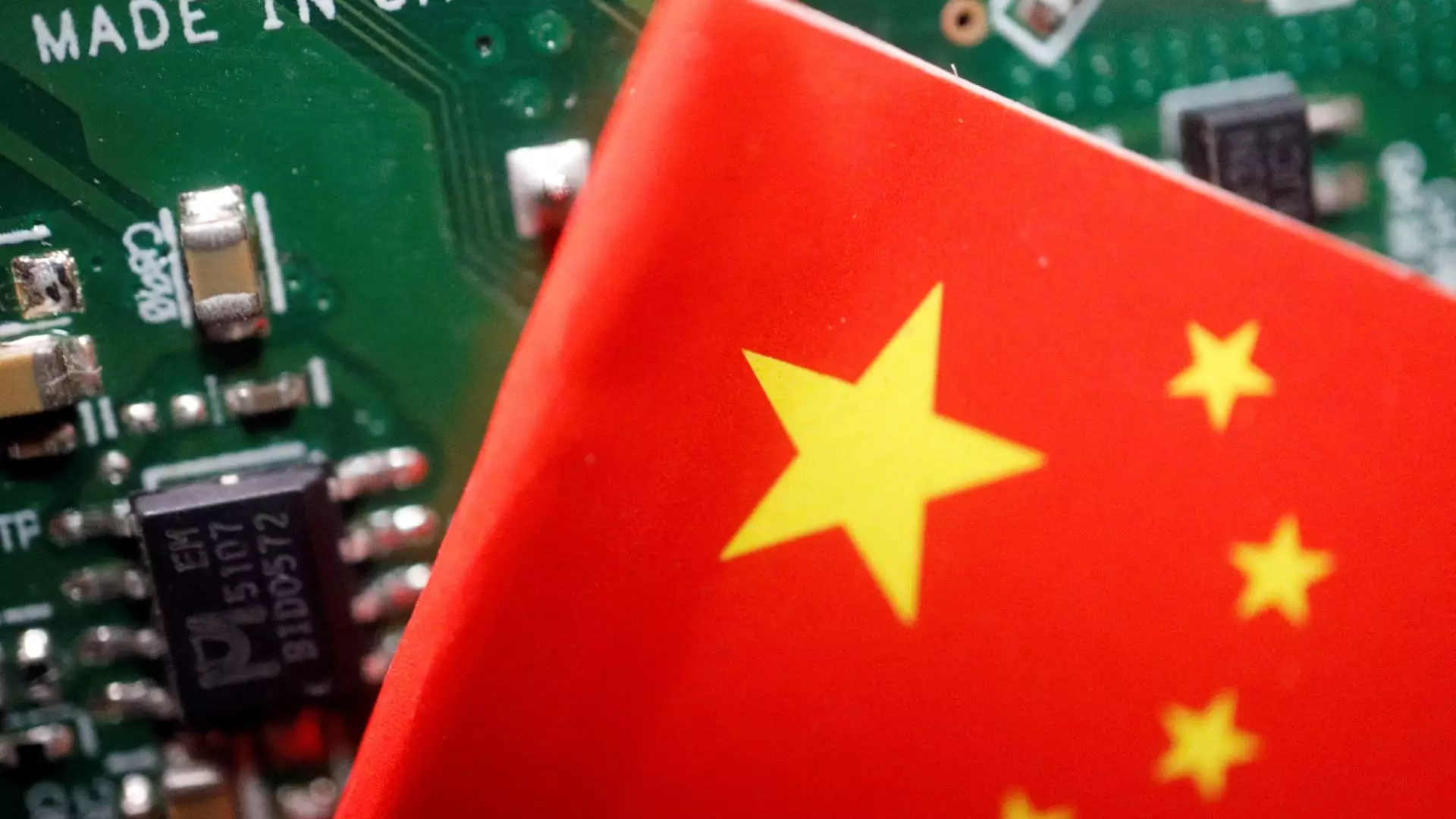Investor confidence in the Chinese stock market is presently fragile, thwarted by several intersecting economic and political factors. The country’s earnings growth potential, which is pivotal for a lasting recovery in stock prices, remains uncertain. Just last week, fluctuations were evident in the CSI 300 index, which decreased by 1% overall, with a substantial drop of 2.4% occurring on the final day of trading. This volatility reflects ongoing concerns about government stimulus initiatives aimed at bolstering the economy but lacking clarity in their execution. As Aaron Costello from Cambridge Associates points out, without a substantial and recognizable improvement in corporate earnings and a reduction in deflationary forces, investors may hesitate to embrace Chinese equities.
The primary challenge facing investors in China stems from the government’s lack of detailed announcements regarding economic plans, particularly in light of an expanded deficit for the next fiscal year. Major economic targets, including the GDP goal, are typically detailed during China’s parliamentary meetings slated for March. The market’s apprehensions are compounded by the impending changes in U.S. trade relations, as speculation grows about how incoming political leadership in the United States will impact China’s economic environment.
Moreover, as seen in the demonstrated performance of some sectors—such as medical devices—there are anticipated earnings increases. Analysts from HSBC predict that companies such as United Imaging will experience substantial rebounds in earnings, highlighting a segment of the market that could thrive despite broader economic pressures. However, these projections are equally contingent on governmental strategies that favor local production over foreign imports, driven by a desire to minimize reliance on U.S. technological goods amid escalating tensions.
China’s economic strategies are increasingly reflective of a shift toward internal growth models. With reduced dependency on exports, especially in the high-tech sector, there is a clear effort by Beijing to undermine the influence of U.S. tariffs and sanctions. The Biden administration’s restrictions on semiconductor sales to Chinese firms continue to loom large over the investment landscape. However, as some uncertainty persists regarding the incoming U.S. administration’s specific policies toward China, investors remain cautious. The nuanced relationship between global politics and economics means that comprehensive understanding is essential not only for domestic policies but also for realizing how foreign government decisions can influence local markets.
Investor trust in the Chinese market is unlikely to solidify without demonstrable improvements in corporate earnings as well as an elevation in credit volumes. A recent report from the Macro Research Board underscores that until foreign investors witness a genuine uptick in profit growth across China’s economy, the upside for stock indices such as the MSCI China Index will be limited. This dynamic has led to a somewhat fragmented investment approach, where external stakeholders are either trading conservatively around anticipated policy changes rather than engaging with the growing fundamentals indicative of possible recovery.
The tension between bolstering economic growth through stimulus and controlling debt levels is palpable. Wells Fargo’s Paul Christopher articulates this dilemma, stressing that any expansionary measures may come with the caveat of not inflating debt further in sectors already burdened. As a result, less aggressive support than previously executed may become the norm under current policymaking.
Despite the multifaceted challenges facing China’s stock market, there are signs of potential recovery on the horizon. The nation’s indices, particularly in Hong Kong, are showcasing notable gains after enduring prolonged declines. The Hang Seng Index and the Shanghai Composite are working to break years of unfavorable trends, suggesting that a recovery phase could emerge.
While challenges persist, cautiously optimistic projections remain common among analysts, with discussions about the specificity of policy directions and the potential for consistent earnings emerging as pivotal elements in assessing the market’s future trajectory. As 2024 approaches, and with it the prospect of renewed economic strategies both domestically and internationally, the real essence of investor confidence in China may lie in the delicate balancing act of effective governmental measures and healthy corporate finance. The landscape may continue to evolve rapidly, but it is clear that confidence in Chinese stocks will hinge on more solid foundations rooted in economic stability and transparent policy implementation.

